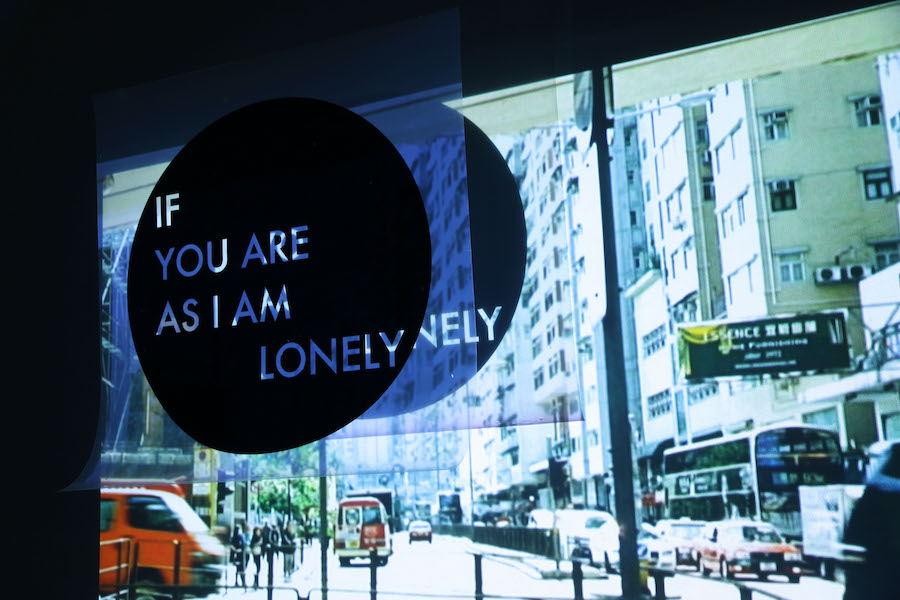Skin Hunger
Skin Hunger features works from UBCO’s Bachelor of Fine Arts students, Masters students, and faculty members, displaying works focusing on the theme of our need for touch and the impact that social distancing is having on our “Skin Hunger”. This exhibition is a project for a curating course by Stacey Koosel, instructor at the University of British Columbia Okanagan. It...

 Follow
Follow







